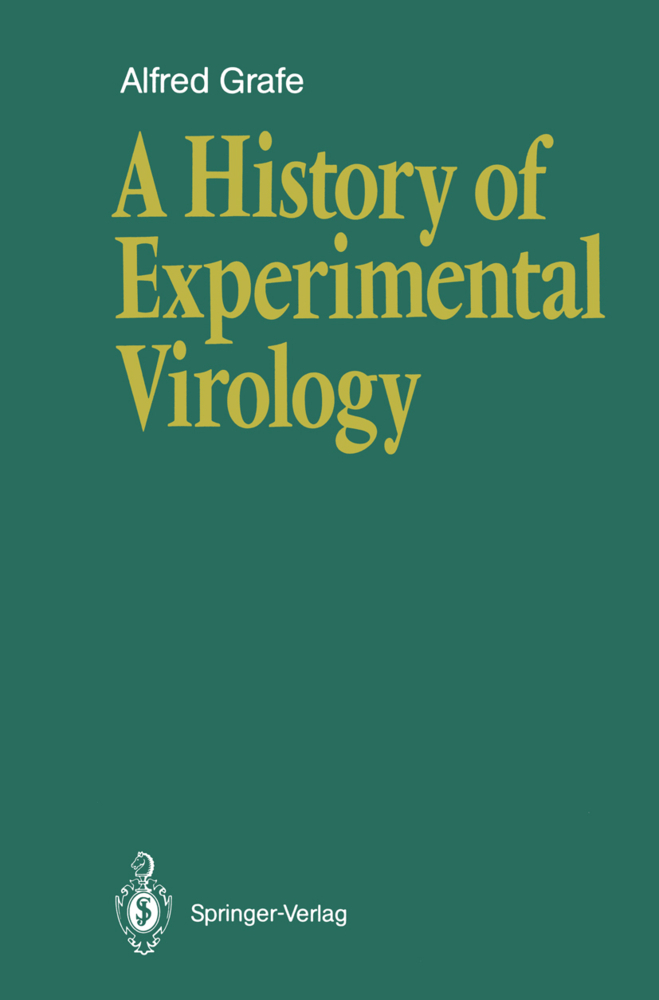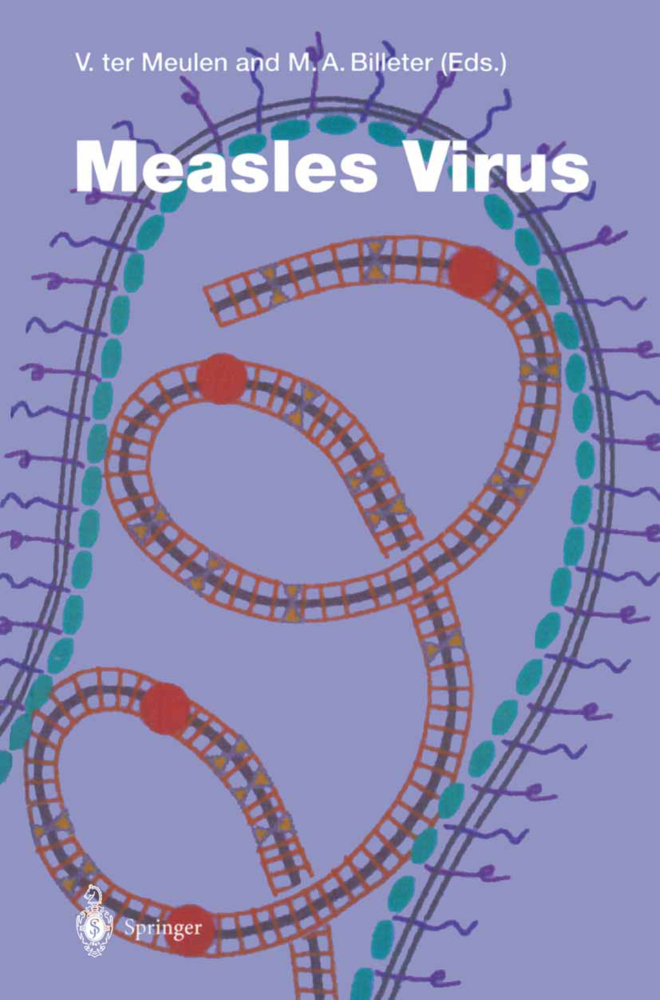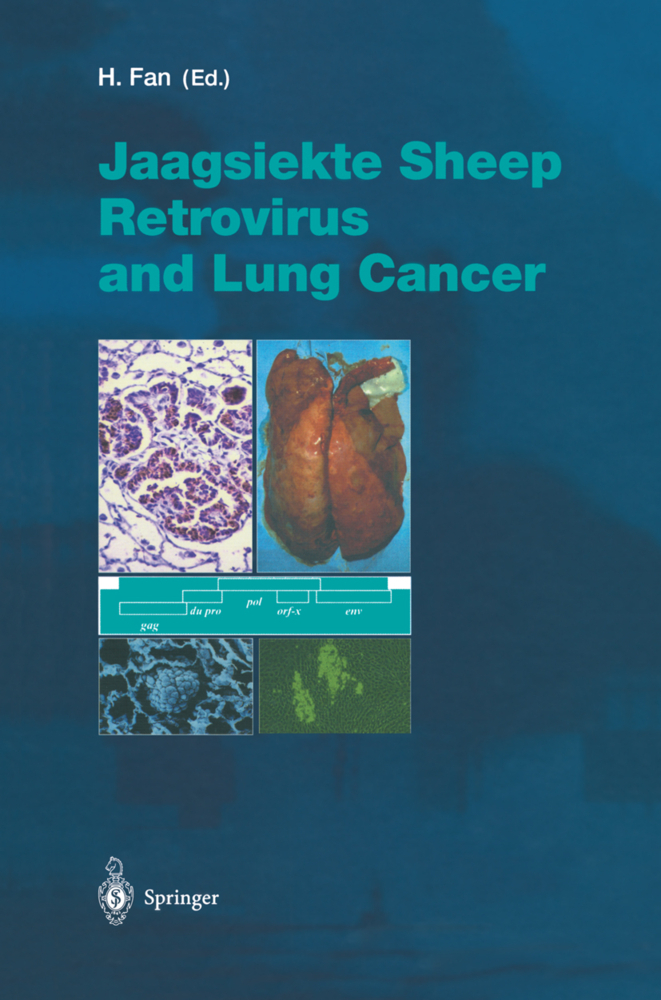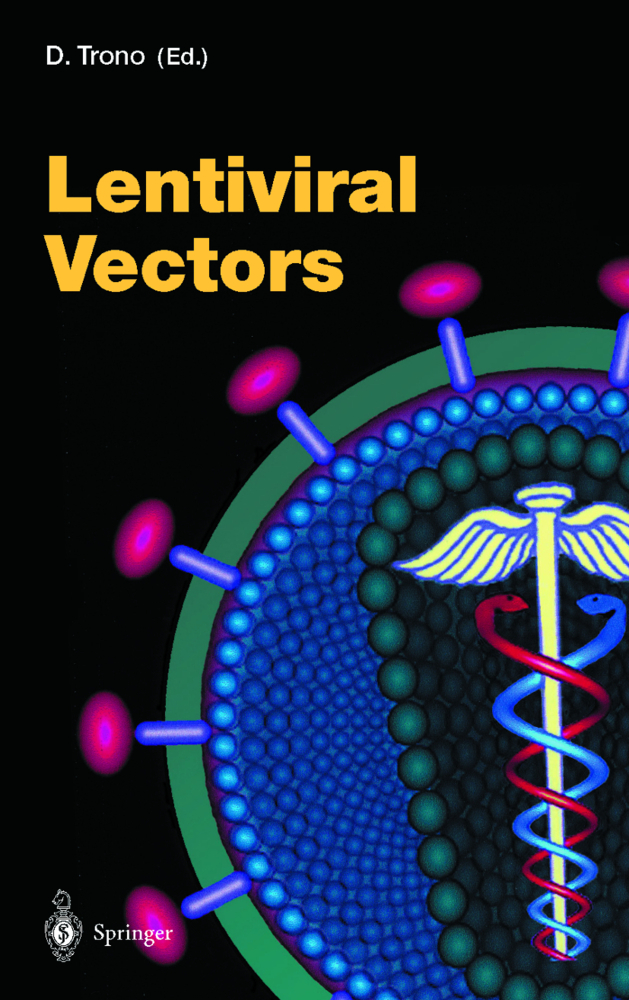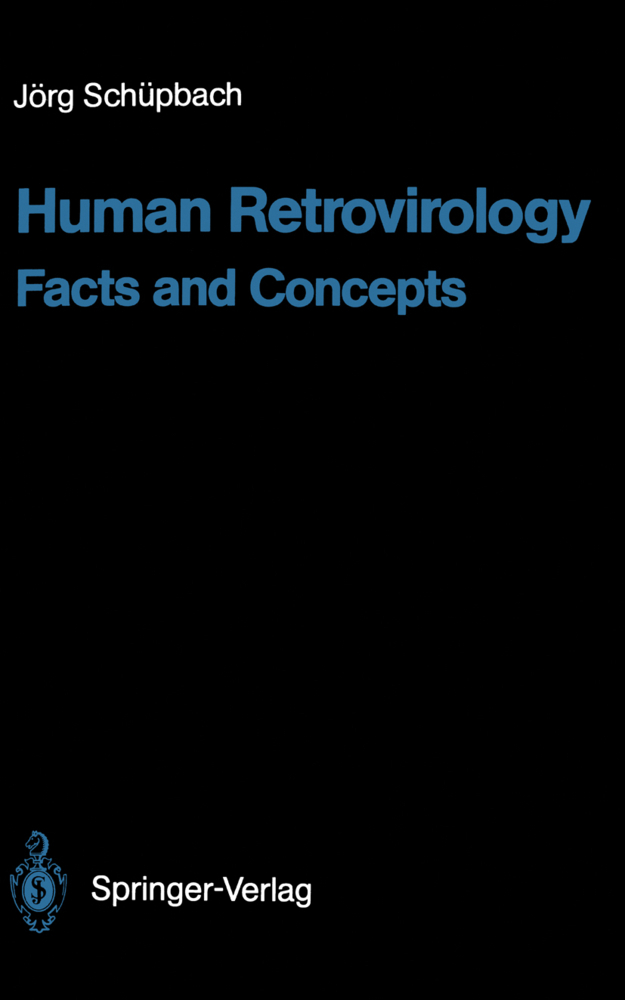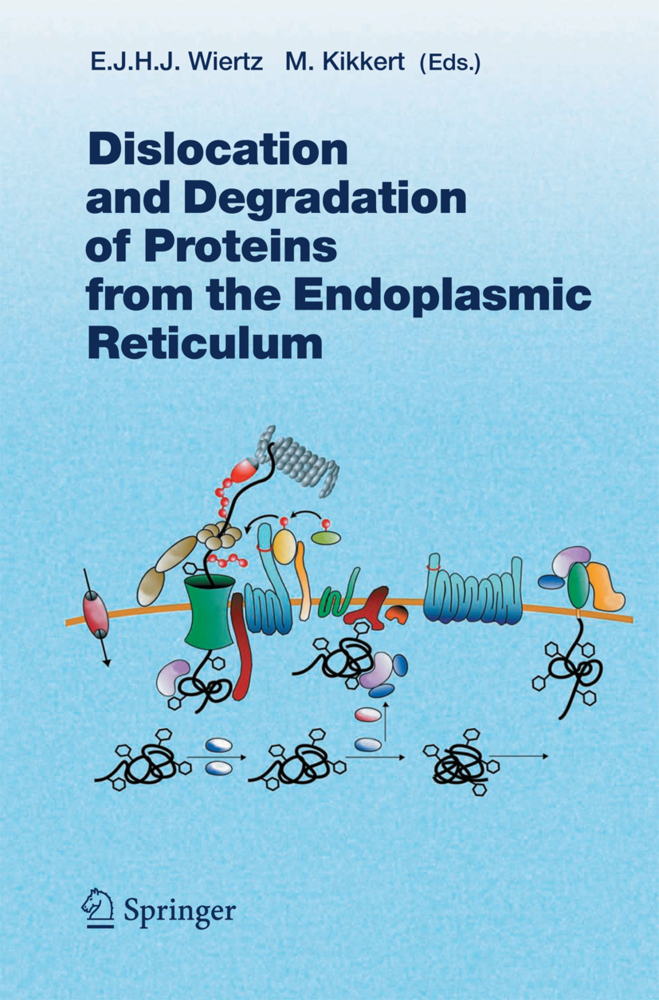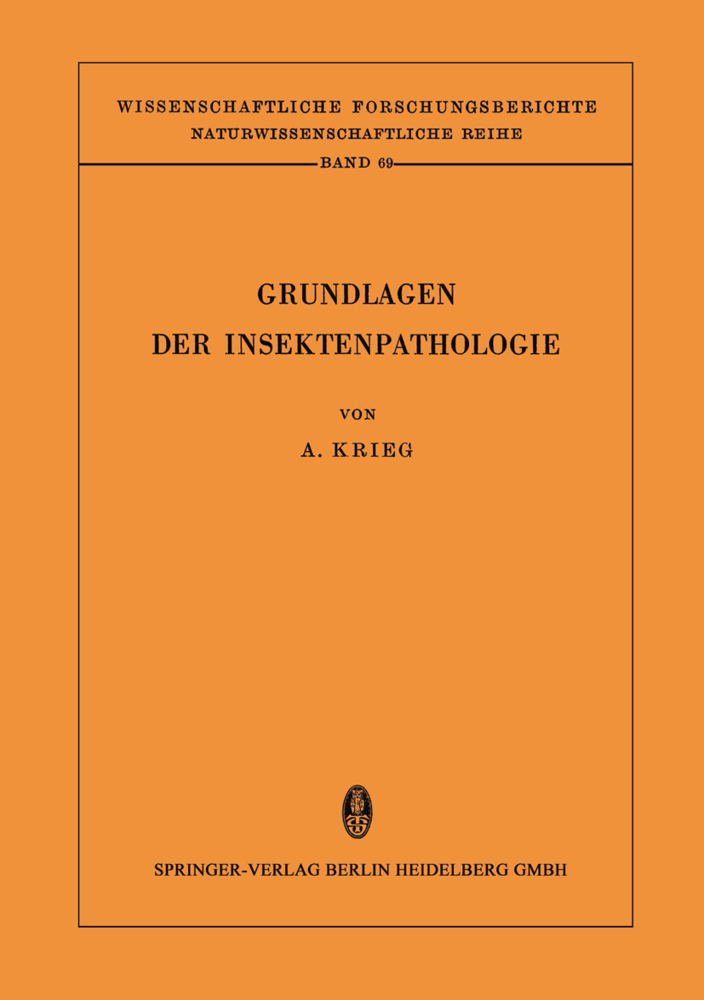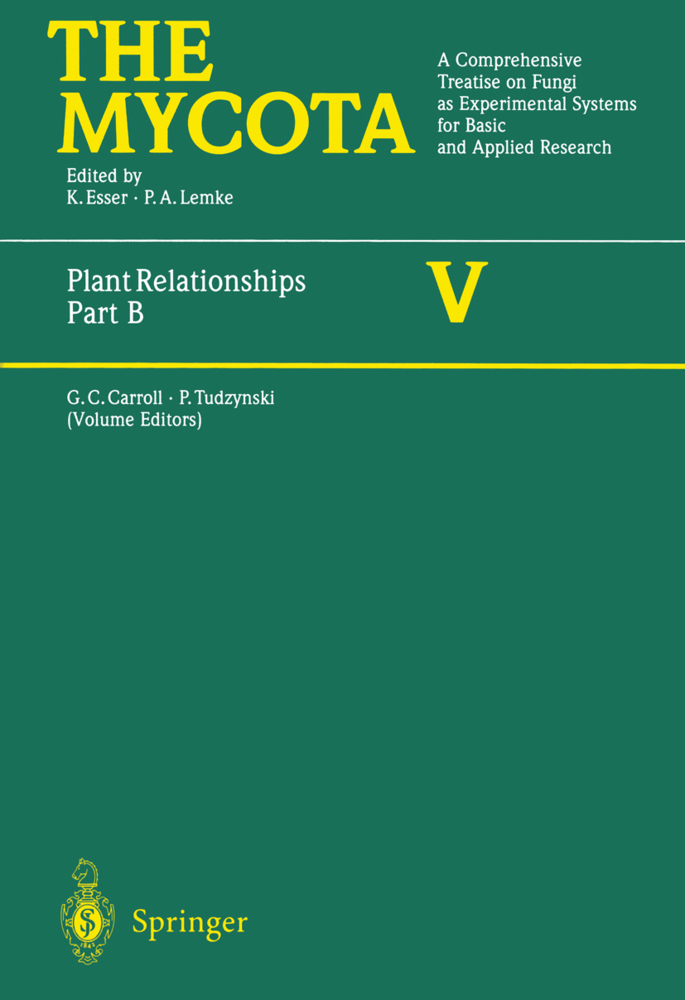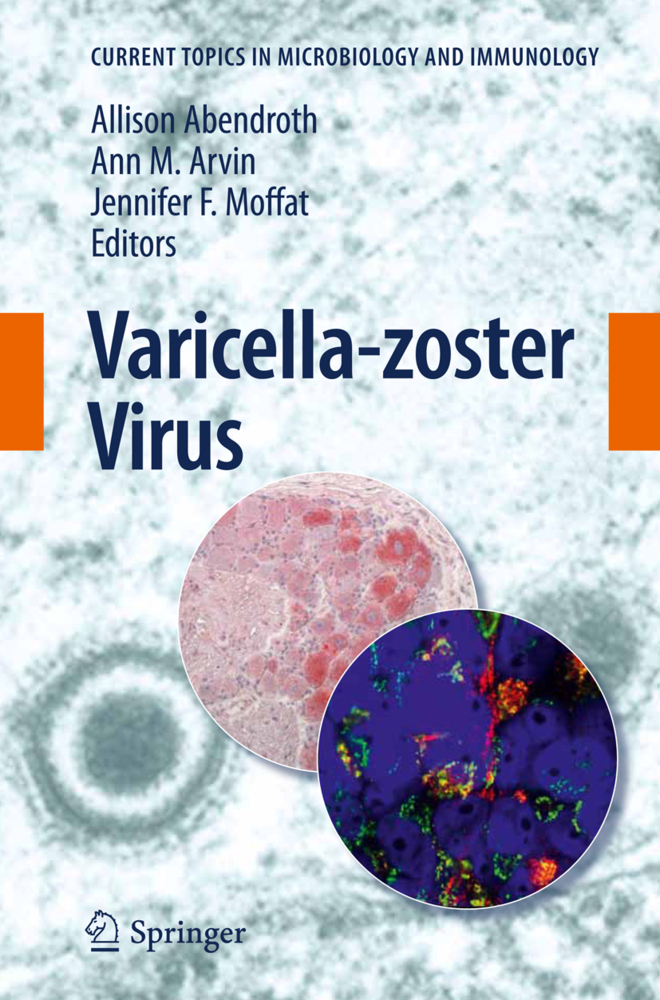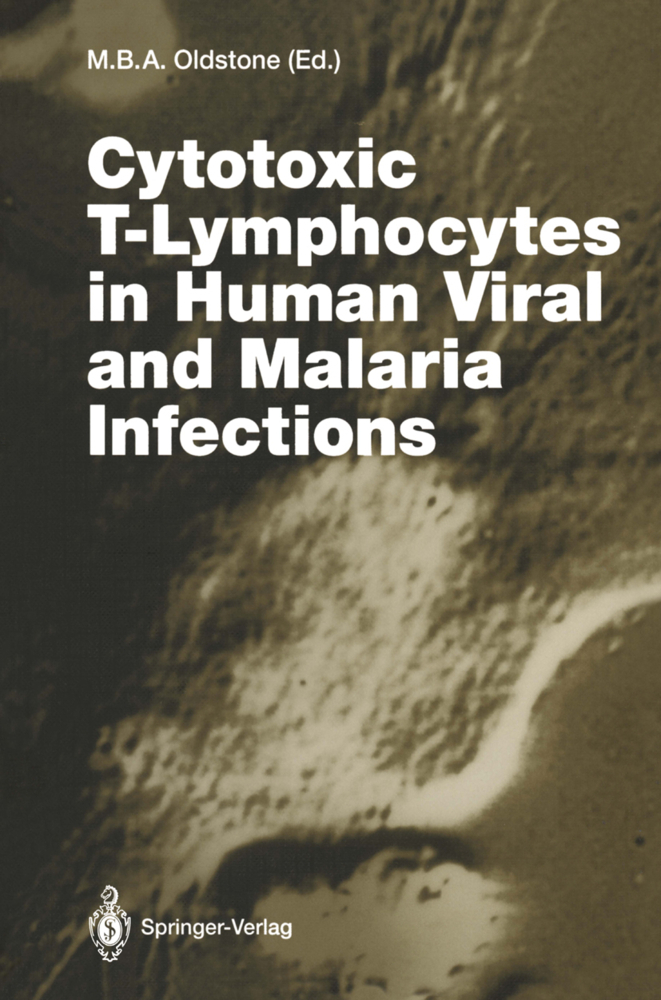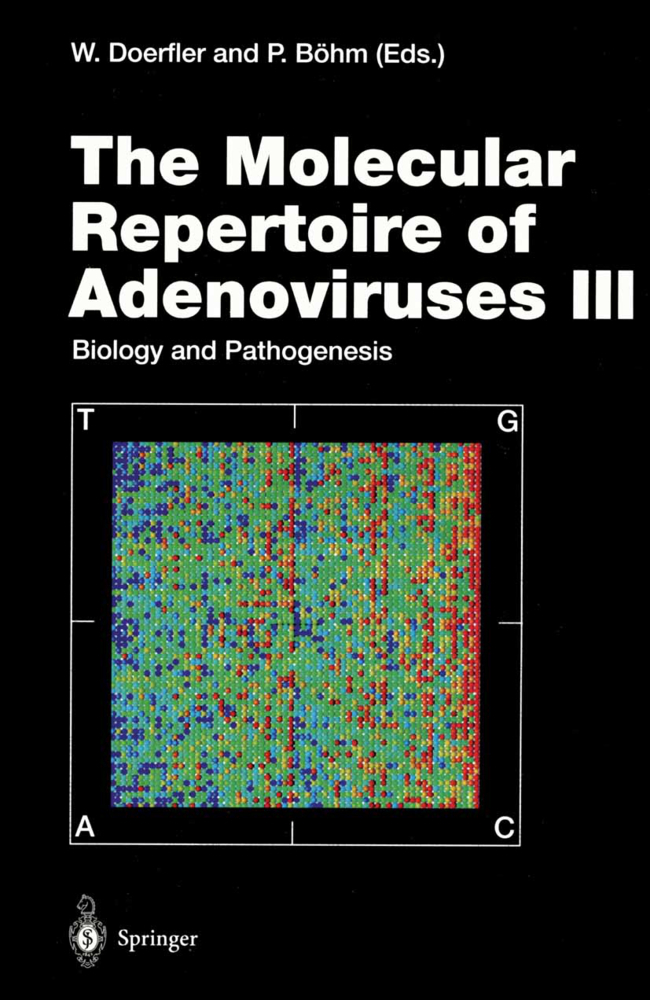A History of Experimental Virology
A History of Experimental Virology
By their powers of reason scientists will be able to extract from nature the answers to their questions. From: Critique of Pure Reason, 1781 Immanuel Kant (1724-1804), German Philosopher History is a composite of stories. The history of the biological disciplines has been written by all those who opened the gates of new knowledge by generating ideas and the experiments to support them. Previous authors have attempted various approaches to the history of virology, as is reflected in the numerous books and book-series issuing from the publishing houses. This volume is an attempt at a compre hensive yet compact survey of virology, which has meant penetrating the rigid limits of the separate disciplines of biology in which virologists have worked. Writing this history of experimental virology was really a search for the origins and for vital signposts to portray the wide scope of the knowledge attained thus far. This was done in com plete awareness of the fact that every presentation depends heavily upon the perspective of the observer, and of necessity communi cates only a part of the whole. The present scientific story hopes to recount the most important knowledge achieved during this past century - the first century of the exciting developments in virology.
1.2 The Cornerstones of Generatio Spontanea Begin to Quake
1.3 The Germ Theory is Born and Proven
1.4 The Germ Theory Crystallizes into the Germ Doctrine
1.5 The Theoretical and Experimental Basis of the Germ Doctrine at the End of the 19th Century
2 Microscopes and Culture Media Fail
2.1 The Virus and Koch's Postulates
2.2 A New Type of Pathogenic Agent?
3 Are Filterable Viruses Miniscule Bacteria?
3.1 The Use of Physical Methods
3.2 Biochemical Investigations with Filterable Viruses
3.3 Are Cell Inclusions Specific to Filterable Viruses?
3.4 Culturing Filterable Viruses In Vivo and In Vitro
3.5 Filterable Viruses as Antigens
3.6 Filterable Viruses as Pathogens
3.7 Viruses are not Just Very Small Bacteria
4 On the Way to a Definition of the Virus
4.1. Viruses as Pathogens
4.2 A Biochemical Approach to the Virus
4.3 Viruses as Genetic Macromolecules
4.4 What Exactly is a Virus?
5 The Period of Biochemistry and Molecular Genetics
5.1 The Virion
5.2 The Virus Multiplication Cycle
5.3 Viruses as Pathogens
5.4 Viruses and Immunity
5.5 Viral Pathogenicity
5.6 Virus Chemotherapy
Epilogue
Name Index.
1 2000 Years Preceded the Emergence of Experimental Virology
1.1 Antiquity and the Origin of the Plague1.2 The Cornerstones of Generatio Spontanea Begin to Quake
1.3 The Germ Theory is Born and Proven
1.4 The Germ Theory Crystallizes into the Germ Doctrine
1.5 The Theoretical and Experimental Basis of the Germ Doctrine at the End of the 19th Century
2 Microscopes and Culture Media Fail
2.1 The Virus and Koch's Postulates
2.2 A New Type of Pathogenic Agent?
3 Are Filterable Viruses Miniscule Bacteria?
3.1 The Use of Physical Methods
3.2 Biochemical Investigations with Filterable Viruses
3.3 Are Cell Inclusions Specific to Filterable Viruses?
3.4 Culturing Filterable Viruses In Vivo and In Vitro
3.5 Filterable Viruses as Antigens
3.6 Filterable Viruses as Pathogens
3.7 Viruses are not Just Very Small Bacteria
4 On the Way to a Definition of the Virus
4.1. Viruses as Pathogens
4.2 A Biochemical Approach to the Virus
4.3 Viruses as Genetic Macromolecules
4.4 What Exactly is a Virus?
5 The Period of Biochemistry and Molecular Genetics
5.1 The Virion
5.2 The Virus Multiplication Cycle
5.3 Viruses as Pathogens
5.4 Viruses and Immunity
5.5 Viral Pathogenicity
5.6 Virus Chemotherapy
Epilogue
Name Index.
| ISBN | 978-3-642-75252-0 |
|---|---|
| Artikelnummer | 9783642752520 |
| Medientyp | Buch |
| Auflage | Softcover reprint of the original 1st ed. 1991 |
| Copyrightjahr | 2011 |
| Verlag | Springer, Berlin |
| Umfang | XI, 343 Seiten |
| Abbildungen | XI, 343 p. |
| Sprache | Englisch |

